Coronavirus (COVID-19) Updates
For the latest COVID-19 information and updates from Qatar Foundation, please visit our Statements page
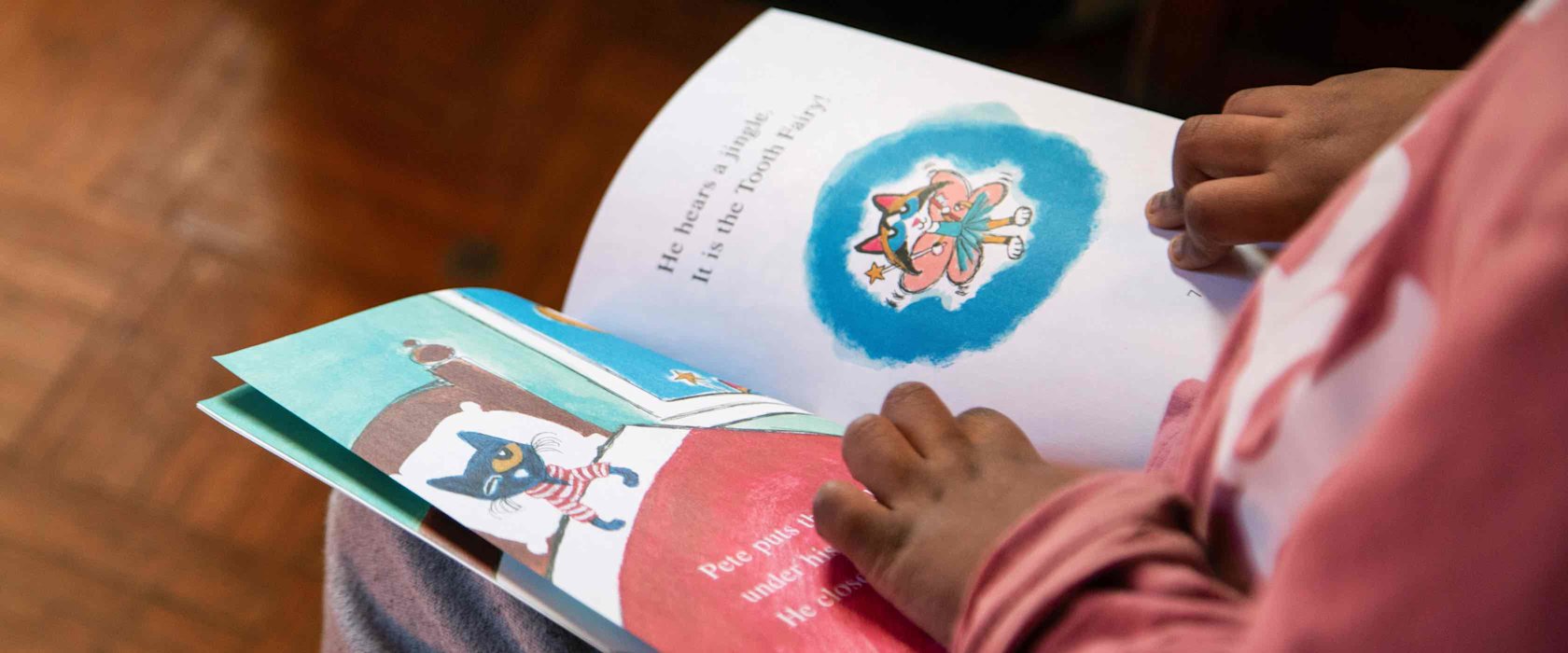
During the pandemic, many parents can find it challenging to identify if their child has a specific learning difficulty, or whether blended learning affects their skills development.
Image source: Amira Karaoud, via ReutersExperts from QF’s Learning Center and Awsaj Academy explain the difference between learning “gaps” and “difficulties”, and ways parents can keep their children focused with hybrid learning
At the start of a new academic year, with students continuing with hybrid learning due to COVID-19, many parents are getting more involved in their children’s education and monitoring their milestones.
However, some parents can find it challenging to identify if their child has a specific learning difficulty, or whether blended learning affects their skills development or pace in certain subjects.
To help parents understand the difference between “learning difficulties and learning gaps” and how the pandemic affected childrens’ academic performance, Jody R Roberson, a Psychologist from The Learning Center (TLC) – a specialized center for supporting students with mild to moderate learning needs across Qatar Foundation (QF) schools, and part of QF’s Pre-University Education – explains the benchmarks that parents should consider when assessing their child.


Because the teaching formats have changed, it is normal to have a wider diversity among children, and gaps in their learning
The pandemic has changed the rate at which students progress in many areas, such as reading fluency, according to Roberson. “Because the teaching formats have changed, it is normal to have a wider diversity among children, and gaps in their learning,” he says. Yet, it is essential to note that a learning gap differs from an actual learning difficulty. And they can be overcome with additional support, additional practice, and tutoring.
“An additional consideration should be given to children that are second language learners,” Roberson says. Children in Qatar are learning two different languages simultaneously, such as reading and writing from right to left in Arabic and left to right in English, which poses a challenge for many students.
Having both a social language and an academic language in Arabic and English can often appear as a delay in processing when it is actually just the brain switching between languages
“Having both a social language and an academic language in Arabic and English can often appear as a delay in processing when it is actually just the brain switching between languages,” Roberson says.
According to Roberson, learning difficulties include the following:
Dyslexia
A reading disorder that manifests in many forms, such as reading below the expected level for age; problems processing and understanding what is said; difficulty finding the right word or forming answers to questions, and others.
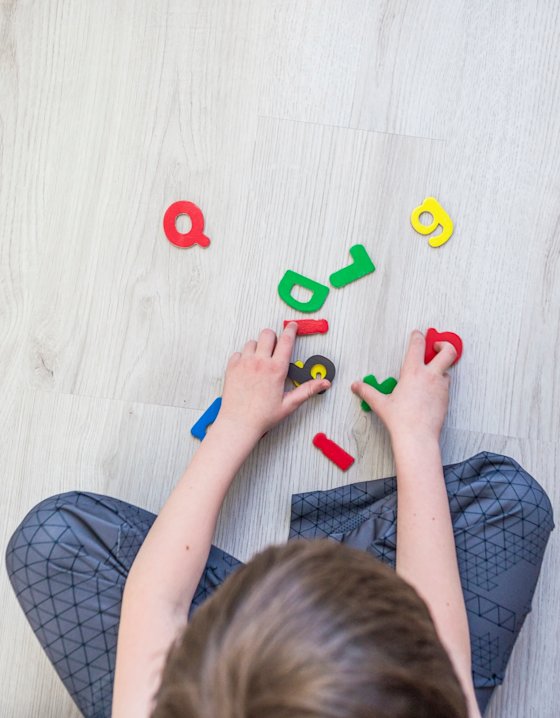
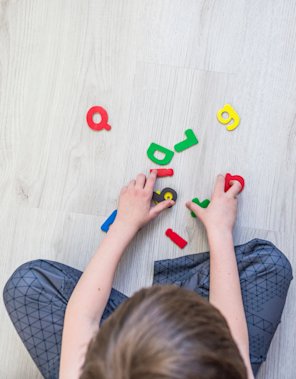
Dyscalculia
The difficulty of processing numbers and quantities, including linking a number to the amount it represents – example, the number 2 refers to two apples; counting backward and forward, comparing two amounts, among others.

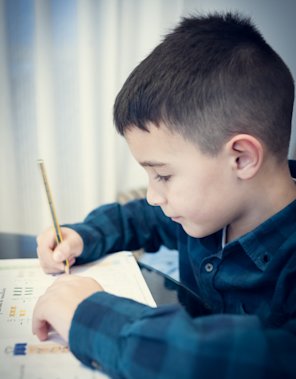
Dysgraphia
This condition affects a child’s ability to write legibly – meaning they may have a messy handwriting, hold writing tools incorrectly, and take much longer to write than most children.
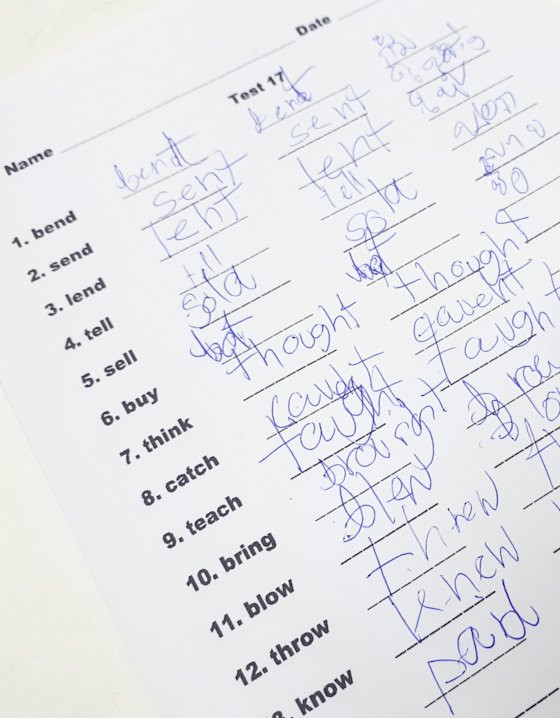
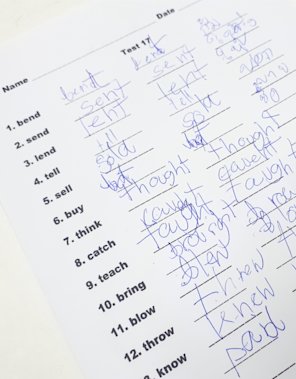
In the current situation, Roberson recommends that teachers and parents look to professionals if they have concerns about a student’s performance. A qualified psychologist can help determine if it is a difficulty in processing or a delay in learning development.
Another benchmark for reading fluency that can help identify a learning difficulty from only a development delay is the student’s age, according to Rita Bou Chebel, Lead Teacher at Awsaj Academy, part of Qatar Foundation’s Pre-University Education.


In general, most kids can read by the age of six or seven, which is around Grade 3
“Reading is a challenging task that requires several skills, such as phonemic awareness, phonics, fluency, vocabulary, and comprehension. In general, most kids can read by the age of six or seven, which is around Grade 3,” says Bou Chebel.
Qatar Foundation schools have a referral system across its schools. Teachers can refer a student from any of the schools within the QF ecosystem to a team of specialists and therapists who observe and assess a child for learning difficulties after taking the parents’ consent.
After a student is referred, is observed and assessed, and in collaboration with the homeroom teacher and parents, a plan is put in place in order to provide the necessary services and therapies to the students
“After a student is referred, is observed and assessed, and in collaboration with the homeroom teacher and parents, a plan is put in place in order to provide the necessary services and therapies to the students based on their needs,” says Bou Chebel.
Beside parents’ concerns about their children’s learning development during the pandemic, many parents are also finding it more stressful for their kids to stay focused and engaged as well as struggling to complete their homework.
Hybrid learning is a new setup for students, parents, and teachers as well, Bou Chebel says. “It requires more effort from teachers to grab the students’ attention and for the student to stay focused. Usually, the classroom interaction and environment facilitate learning and interaction between teachers and students.
“To help students with online learning, we advise parents to include physical activities for their children during the day to help them release their stress, and help them set a schedule.”
On how to encourage children to complete their homework activities, Roberson emphasized the importance of setting a break between when the “school day” is complete and when homework begins.

A learning gap differs from an actual learning difficulty - and they can be overcome with additional support and practice.
“As adults, when we come home from work, we take a break or ‘decompress’ when we come home. Likewise, it is as important for children. Also, breaks every 20-30 minutes should be given during homework time. And parents should encourage students to get up, walk around, stretch, get a drink or a small snack,” Roberson says.
It is also very beneficial to create a daily structured time for students to complete their school tasks and stick to it even if they claim they have no homework.
“In situations when the child says that they do not have homework – which is typical for most students even when they do have homework – homework time must remain allocated for any activity that is academically focused. This can be reading a book, researching a specific topic, or something that maintains their focus on academics during that time,” Roberson says.

